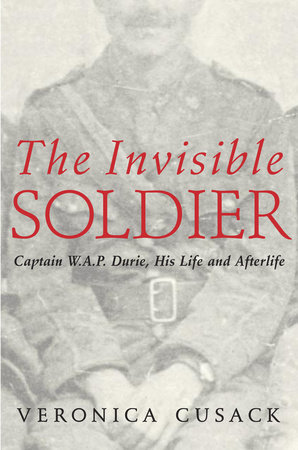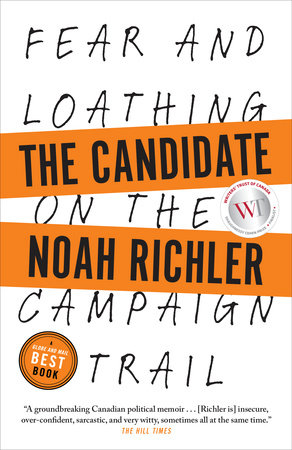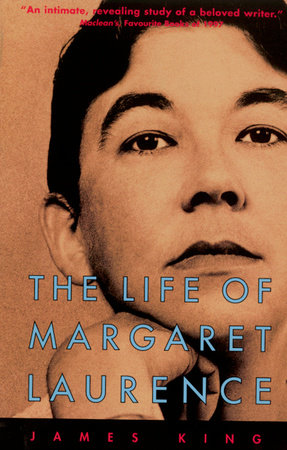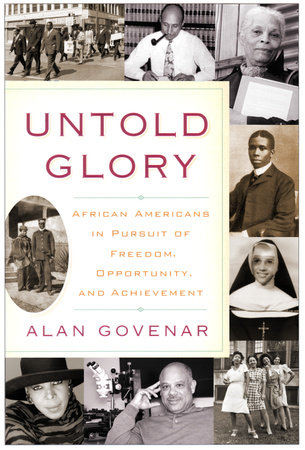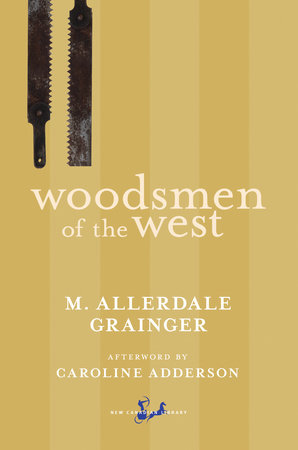Author Q&A
M&S: The story is told without chapters in first person from three people’s perspectives: Captain Durie, Anna, and Helen. Why did you choose this particular method to tell their story?
Veronica Cusack: I didn’t choose it.
They did. When I first began to work on this book I fully intended to write a simple recitation of fact. But as time passed nothing felt right about such an approach. I had no idea what would take its place but I continued my research and waited for the answer. It was when I was trying to fathom the discrepancies between Anna’s descriptions of her son and what I could see of the actual Captain Durie that I realized Arthur, or Bill as he actually was, needed to tell his own story. I had to allow his thoughts and fears and desires to be explained in his own voice. Then Anna wanted to be heard, and after the first draft it was obvious Helen, as the observer, should also be present.
M&S: You stated in the preface that the first time you heard about the grave robbing was in a coffee shop. What compelled you to dig further and tell the Durie family story?
VC: That first coffee shop reference was no more than a sentence. But it fascinated me. That an upper crust Toronto woman would literally dig up her own son’s body! Who were these people? Why, as the years passed, did she remain so determined? What kind of man was her son? How did she get his corpse across an ocean? Was she ever prosecuted? The more I learned the more I wanted to learn.
M&S: It’s obvious that an incredible amount of research was put into telling this family’s story. How long did you work on this project, and where did the research take you, geographically?
VC: I first heard mention of the story in May, 2001 and an article appeared in Toronto Life the following November. Minus pockets of time spent on bread and butter magazine articles, I’ve worked on the book since then. I spent a couple of days at the Commonwealth War Graves Commission office in England among their files and visited London to sift through various papers at the Public Records Office and at the War Museum. The store where Arthur ordered his army uniform still survives in Savile Row; the horses still canter along Rotten Row just as he watched them during his convalescence. I had high tea on the old terrace of Anna’s hotel, just as she would have done. I drove through Belgium and the Ypres Salient, where hundreds of thousands died, staying in a hotel on the old market-square in Ypres. I walked the road along which Durie galloped to avoid the sweepings of machine-gun fire, I followed the footsteps of the 58th Battalion as they marched down into France. I ended up at Lens, at Loos British Cemetery, and standing at the gravesite I was consumed with rage at what Anna had done. I couldn’t remain and instead had to speed back up the autoroute to Ypres. The concierge took one look at me and didn’t even ask me to re-register. He simply handed over the key to the same room. I immersed myself in the deep bathtub and thought of how much I hated Anna. Hours later, prune-skinned, I knew I must use the chaos of those emotions and discover what I was being told.
M&S: Anna struggled for years attempting to have her son’s remains transported "home" to Canada. What would Arthur have thought about all of the efforts? Was Anna really going to all this trouble so that her son would have a proper resting place? Or was it so that she could always have him near to her and retain control over him, just as she had done during his life? Do you think she would have done all this if she had known the real Arthur (aka William/Bill)?
VC: He would have been angry, incredibly angry. I believe that at first, like so many families, she wanted her son’s body to lie at home. But her own sense of righteousness eventually shadowed that wish. I don’t think that, as the years passed, her mission was to retain control of Arthur, I think it was to retain control of Anna Durie’s place in the world. The cause became the centre of the drama. And the cause was the Duries’ position of superiority, their position above the petty rules and mores of the common world. She was ‘a Durie,’ and, as the bank accounts dwindled, it was all she had to hold onto.
Would she have done all this if she’d known the real Arthur? Your question cannot be answered. The real Arthur didn’t exist within Anna’s particular reality and so any other interpretation as to his character was impossible.
M&S: The Invisible Soldier is a true story of a man’s desire to become a proud representation of his father, a mother’s obsession with ensuring her son has the best life she can arrange, and a sister’s selfless sacrifices to appease her mother’s intentions. Ultimately, this is an intricate portrait of a family’s binding love. What is the one thing that you hope readers will take away from this story? What have you personally taken away from this story?
VC: That families are both heaven and hell! I don’t wish to force a moral onto anyone. Durie was a confusion of men, as we all are. And it is an understanding of that condition, an acceptance of us as intricate beings, that I am hoping to present.
M&S: It seems as though Arthur’s sister, Helen, has made the ultimate sacrifice. She has lost the opportunities of marriage and children–essentially, her own life – because of her devotion to Anna’s quest for Arthur’s honour. Do you know what became of Helen? Did she ever marry? Was she buried with the rest of the family in St. James Cemetary?
VC: I don’t believe ‘devotion” is the word. Helen was carried along in Anna’s wake. Her mother’s personality was formidable indeed, and Helen attempted to be the voice of reason. Only a few days before the first try at body-snatching, when all plans must have been in place, Helen was still writing to officials begging for a legal resolution. Her mother’s response horrified her.
As Helen aged, she became more like her mother, perhaps even surpassed her in some respects.Colleagues at Jarvis Collegiate referred to her as “aristocratic”, obviously not meant as a compliment. She was prominent within the Toronto Historical Society and, if ever preservation projects were denied, saw conspiracy under every bush. She is buried in the family plot in St James Cemetery but her grave is unmarked. She died with a “deficiency of assets”, as the legal papers stated. The Historical Society paid for her basic internment but did not engrave her name on the Cross of Sacrifice that dominates the plot. Anna’s sister, Emily, is also buried in that ground. Her marker was removed to make way for the Cross and so she too is unmourned.
M&S: If a reader wants to know more about the Durie family or about other soldiers who fought in the Great War, what resources would you recommend?
VC: So many books on the Great War – memoirs, histories, letters – are available. I read vast numbers of them. My advice is to begin with the poetry. Siegfried Sassoon, Wilfred Owen, Ivor Gurney, Isaac Rosenberg – each give personal language to the hideousness of it all.
